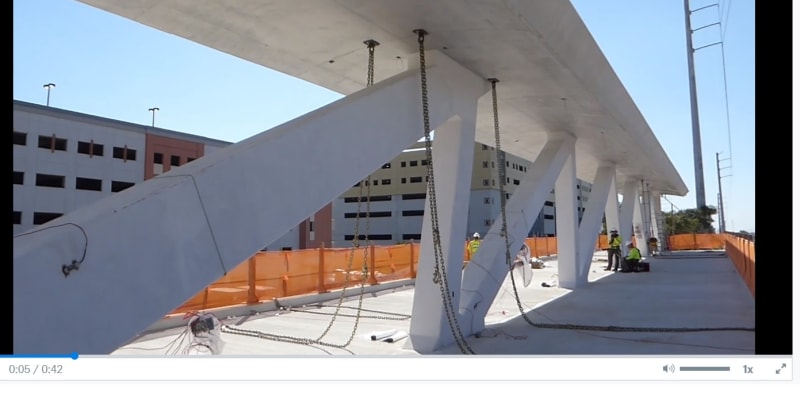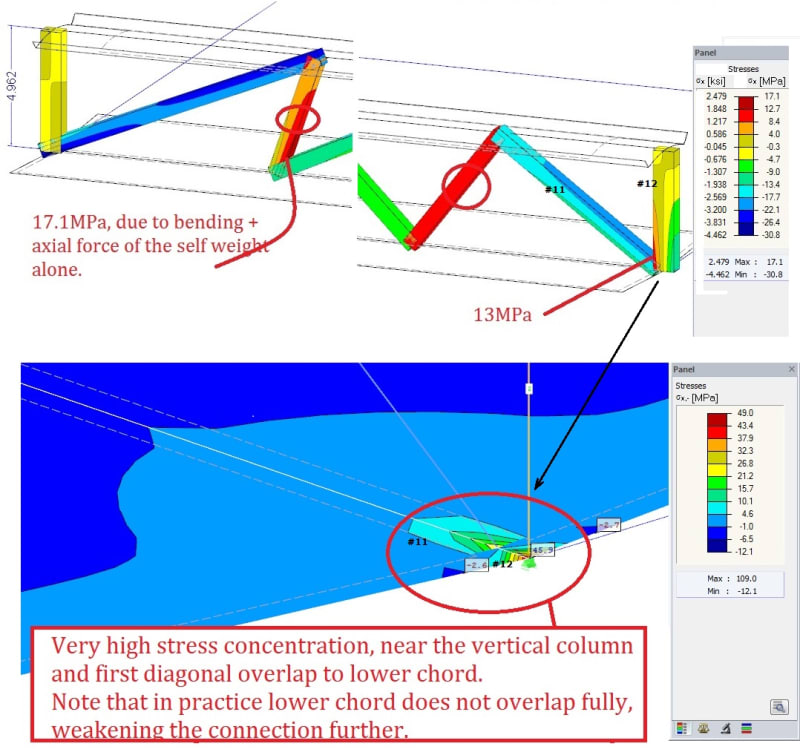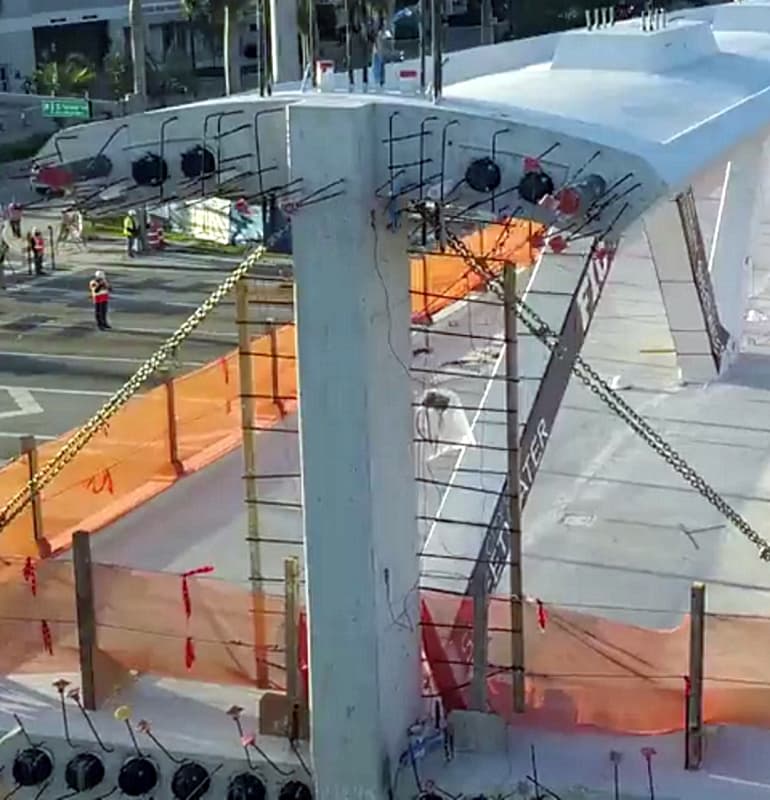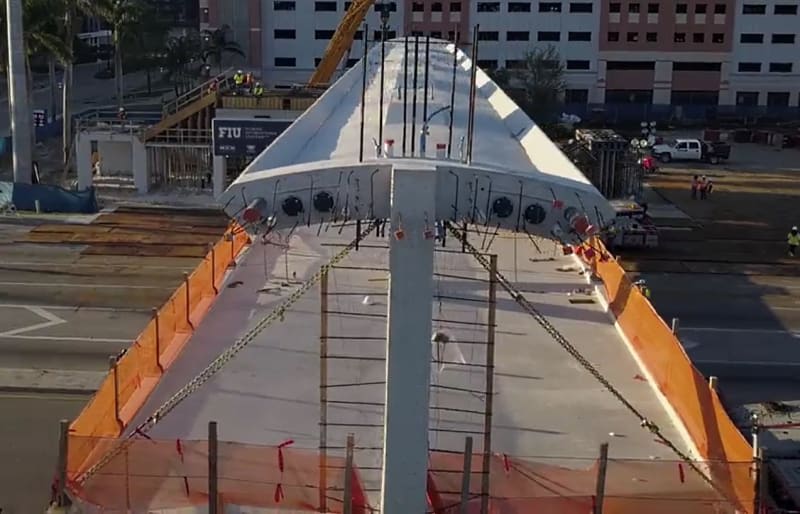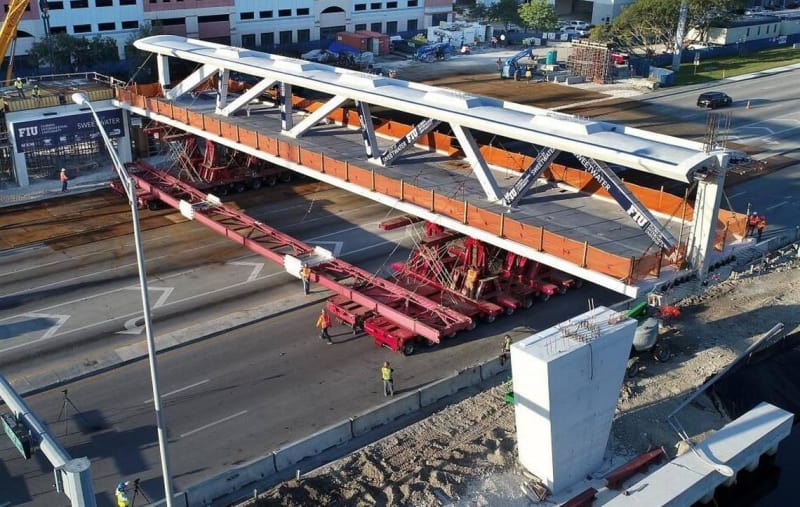A continuation of our discussion of this failure. Best to read the other threads first.
Member jasm linked the "For Construction" plans of the bridge here, thus the reopening of discussion.
Part I
thread815-436595
Part II
thread815-436699
Part III
thread815-436802
Part IV
thread815-436924
Part V
thread815-437029
Member jasm linked the "For Construction" plans of the bridge here, thus the reopening of discussion.
Part I
thread815-436595
Part II
thread815-436699
Part III
thread815-436802
Part IV
thread815-436924
Part V
thread815-437029

